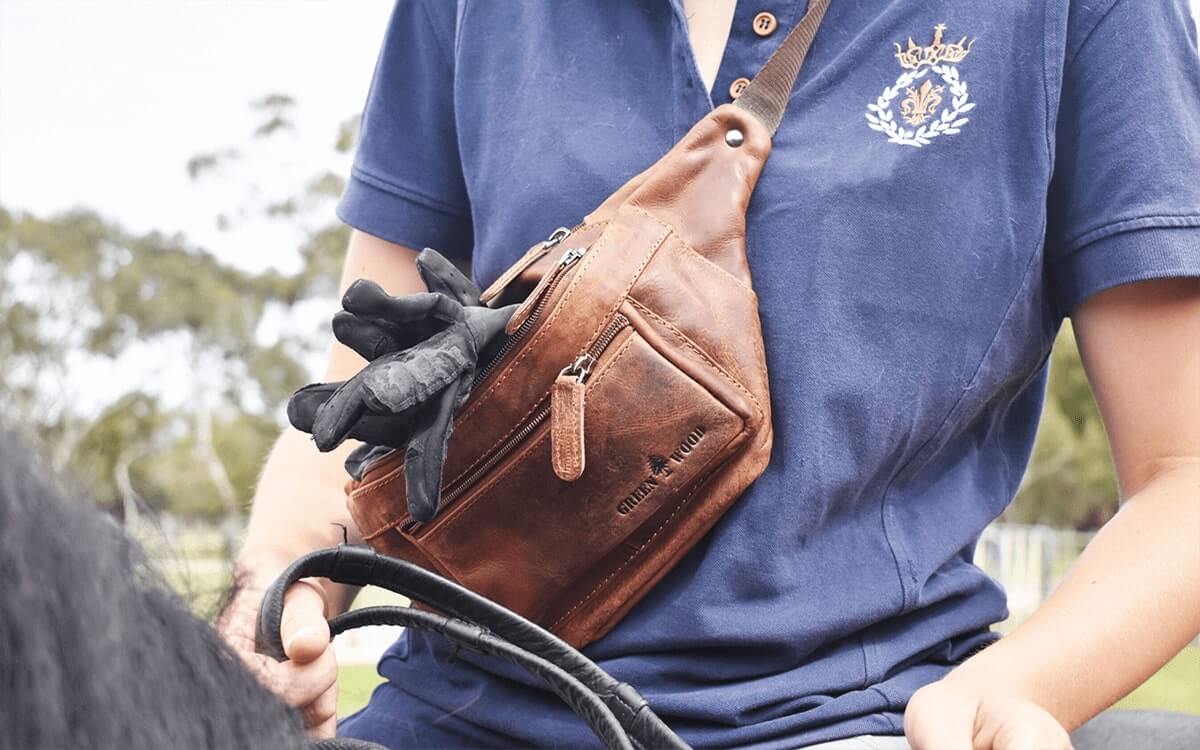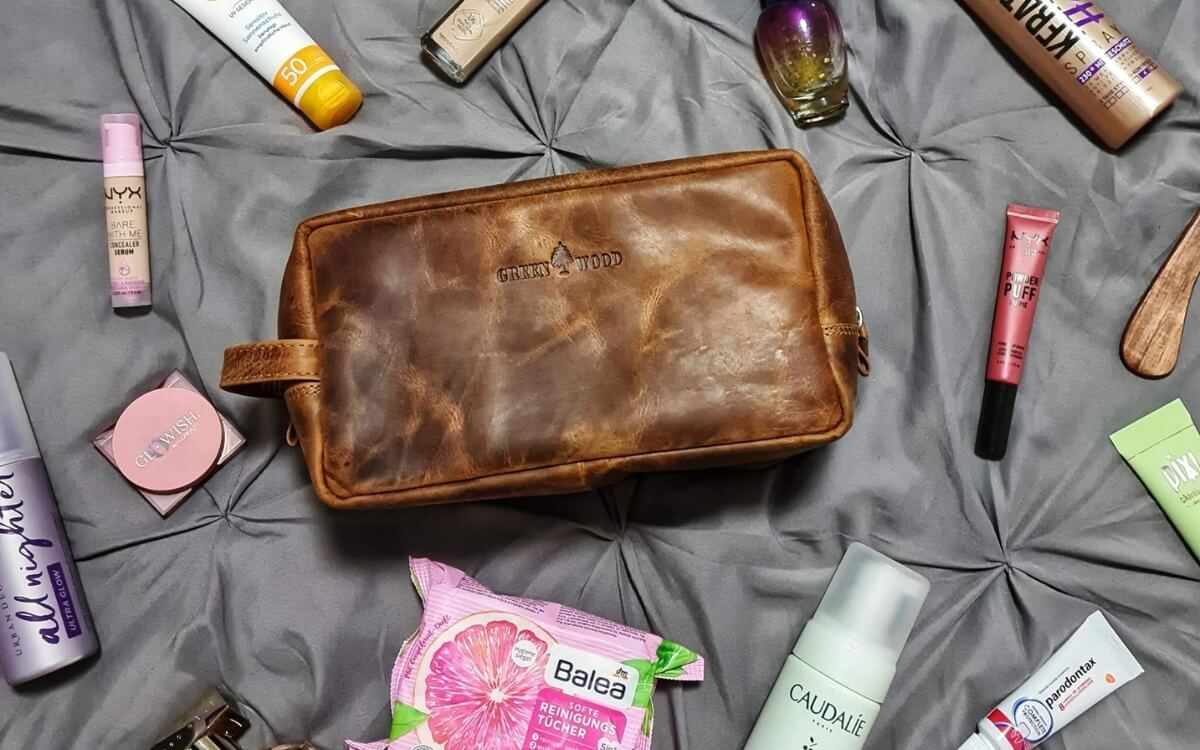The Greenwood Brand & Responsibility for Leather Craftsmanship
Brand




Responsibility: Leathercraft & Production
Our leather craftsmanship is fully geared towards natural and sustainable production. And this begins with species-appropriate animal husbandry. We obtain our buffalo, cow and goat skins from well-known breeding companies in India, where the animals are raised in a healthy atmosphere and are kept free-range. At the end of their life, they are skinned in the traditional way. A good quality genuine leather shows how and where the animal lived and if it was tortured during its life. We make sure that no animal has to die for leather production. Animal skin is a by-product of food supply chain that would have to be disposed of if it wasn't usefully recycled through leather manufacture. By maximizing our purchase of the leather directly from the farmers and shepherds without the involvement of middlemen, we ensure that none of the animals are abused.
The subsequent tanning takes place exclusively with natural agents and the leather is also dyed only with natural dyes. The use of chromium is bare minimum and in the final process the leather is padded and plated with natural oils and wax to give it a soft and shiny look. You will notice in our leather the natural grains are clearly visible as we hardly use any pigments to cover the defects. While many other leather products today are largely machine-made, the production of our bags still requires finesse - from start to finish. Because leather is a natural material, every step, from cutting the leather to sewing on the appliqué, is done by hand. This makes each of our bags an incomparable unique piece. Real leather is a totally sustainable and endlessly renewable product. It is far more environmentally friendly and degrades much faster than the so-called artificial leather, which in reality consists of only highly toxic plastic. Generally within 10-15 months of use, the products made in artificial leather starts to deteriorate and first breaks down into synthetic microparticles which enters the environment and in the worst cases these will be ingested by land and sea animals and thus brought into the human food chain. Real leather, on the other hand, is almost completely biodegradable.






